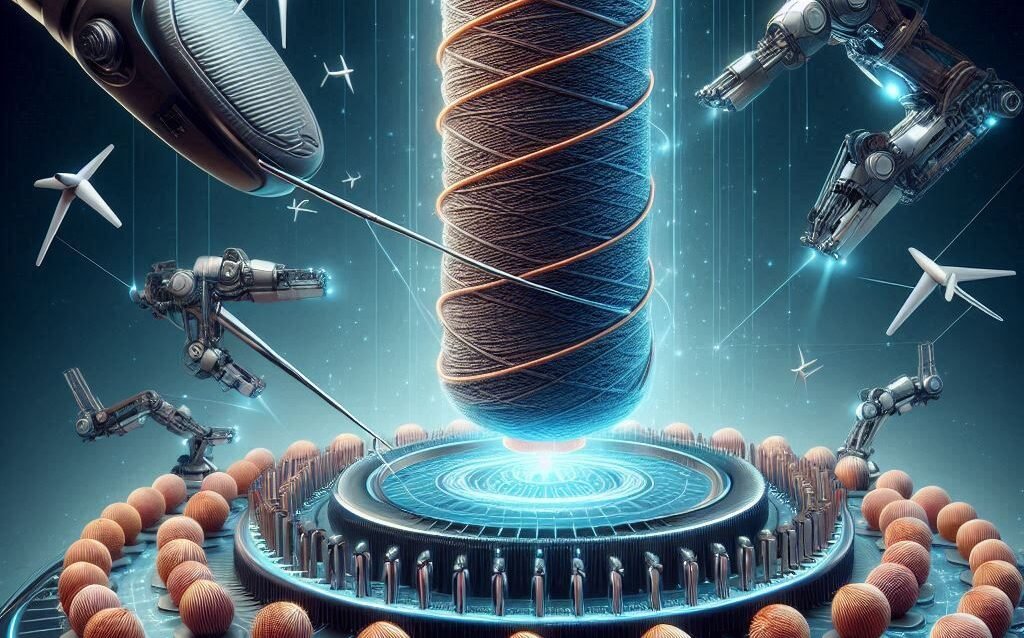Scientists from the School of Pharmaceutical Sciences at Nanjing University of Technology in China have developed an innovative version of synthetic spider silk made from proteins that can be used for wound treatment.
Production of Synthetic Silk
These new threads were produced using genetically modified microbes, spun into fibers, and woven into bandages that helped treat joint injuries and skin ulcers in mice. The results of this research were published in the journal ACS Nano on September 2.
The fibers decompose over time within living bodies, making them non-toxic. This innovation holds great promise for developing future medical applications, especially in treating osteoarthritis and chronic wounds resulting from diabetes.
Benefits of Spider Silk
Spider silk is one of the strongest natural materials known, technically stronger than steel. However, the main challenge in producing this silk lies in the fact that spiders build their own colonies and fiercely defend them, making their farming similar to that of silkworms impossible. Therefore, scientists have turned to industrial solutions, according to the EurekAlert website.
Genetic Engineering and Production
One available option was to use genetic engineering to teach microbes how to produce spider silk proteins. However, researchers faced difficulties due to the tendency of the proteins to stick together, which reduces silk production. Therefore, researcher Bingbing Gao and his colleagues modified the natural protein sequence to design synthetic spider silk that can be easily produced by microbes while remaining stable.
Production Method
Initially, the team used these microbes to produce silk proteins while adding new peptides. These new peptides helped form an organized structure when folding the synthetic silk proteins and prevented them from sticking together in solution, increasing their production. Then, using a series of small hollow needles connected to the nozzle of a 3D printer, the researchers drew the protein solution into thin threads in the air and wove them together to create thicker fibers, functioning like a giant artificial spider weaving its web.
Testing Effectiveness
Subsequently, the researchers wove the synthetic threads into prototypes of wound dressings used to treat mice with osteoarthritis and chronic wounds due to diabetes. It was easy to add medications to the dressings, and the team found that these modified dressings enhanced wound healing better than traditional dressings.
Mice with osteoarthritis showed reduced swelling and improved tissue structure after two weeks of treatment compared to the control group that used traditional dressings. Meanwhile, mice with skin lesions due to diabetes exhibited significant improvement in wound healing after 16 days of treatment.
Conclusion
Dressings made from synthetic spider silk decompose over time and do not harm the body, suggesting a promising future for these threads and the dressings made from them in medical applications.




